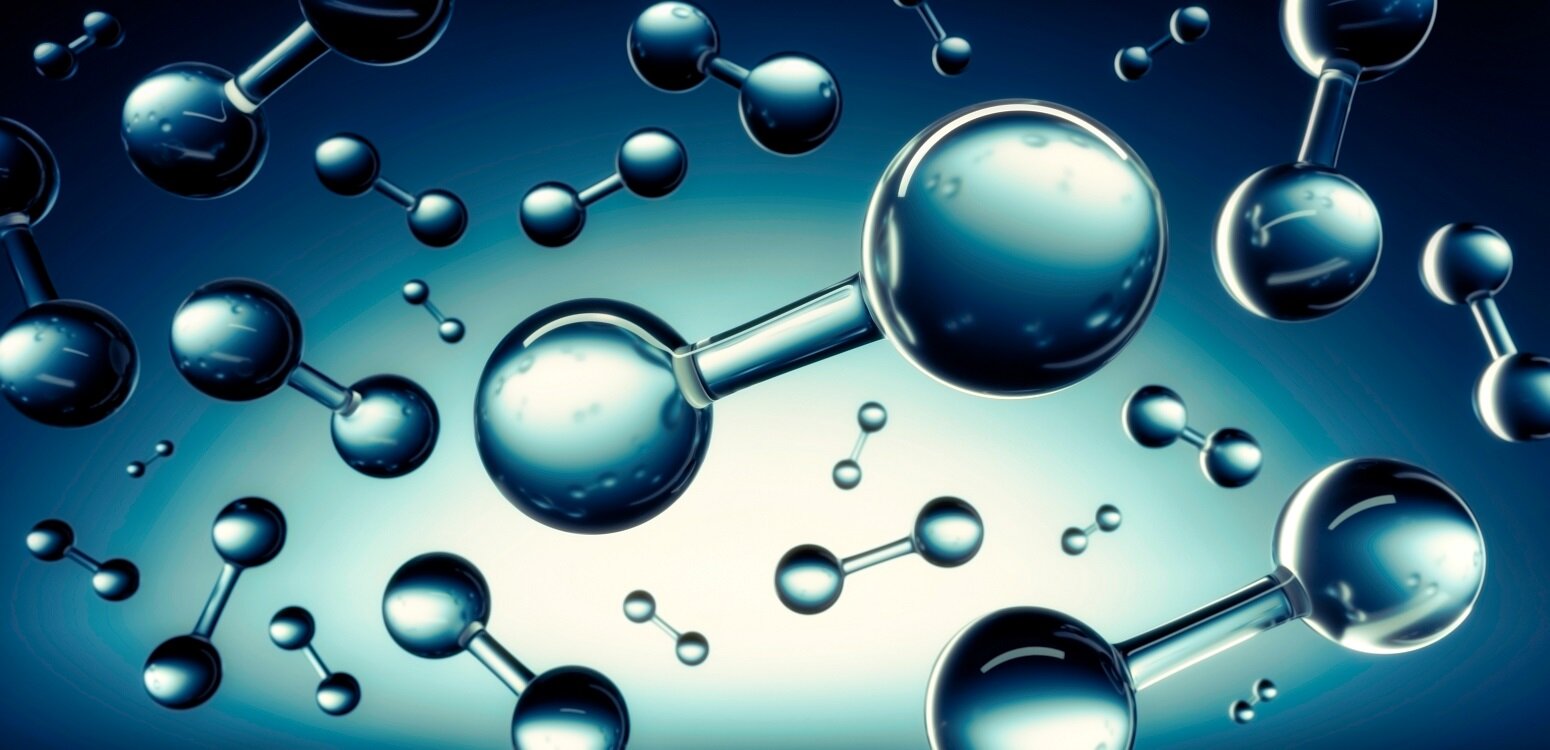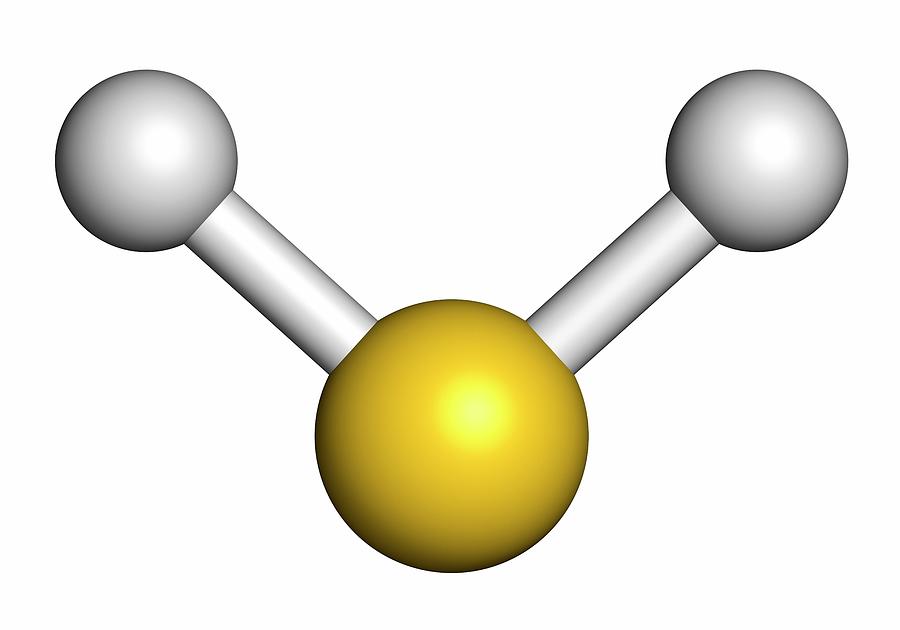
.jpg)

It is inert at room temperature and in the absence of catalysts. In the sharing of a pair of electrons a chemical bond is formed. Molecular hydrogen is an odourless and tasteless gas that has the ability to rapidly diffuse through lipid membranes and enter the cell, where it easily penetrates organelles such as mitochondria as well as the nucleus. When two H atoms react, they share a pair of electrons. The identical electron clouds about each hydrogen atom indicate that in the hydrogen molecule, the electrons are shared equally between the two hydrogen nuclei because both H atoms have the same electronegativity. The formation of the hydrogen, H 2, molecule can be described simplistically using the Lewis Electron-dot symbol of the H atom. The other MO with the higher energy is the antibonding. The above image is a representation of the electron cloud about the hydrogen atoms. Its energy is below the energy of the hydrogen atom and represents the ground state of the molecule. Since electrons in a bond are not really dots, another way to represent the hydrogen bond is by using an electron cloud diagram. The driving force behind the formation of a H 2 molecule is that in the sharing arrangement, each H atom in the H 2 molecule is able to achieve a stable arrangement of a filled shell. Most cars burn petrol or diesel in their engines. Because the bond involves sharing of electrons, it is called a covalent bond. Hydrogen exists naturally as a molecule, consisting of two hydrogen atoms. In the sharing of a pair of electrons a chemical bond is formed. When two H atoms react, they share a pair of electrons. Molecular hydrogen, sometimes called dihydrogen, is a diatomic molecule that is composed of two hydrogen atoms held together by a covalent bond with the. For instance, sugar is a combination of carbon, oxygen, and hydrogen. The formation of the hydrogen, H 2, molecule can be described simplistically using the Lewis Electron-dot symbol of the H atom.Įach H atom has 1 valence electron. A molecule may have very different properties than the atoms that make it up.


 0 kommentar(er)
0 kommentar(er)
